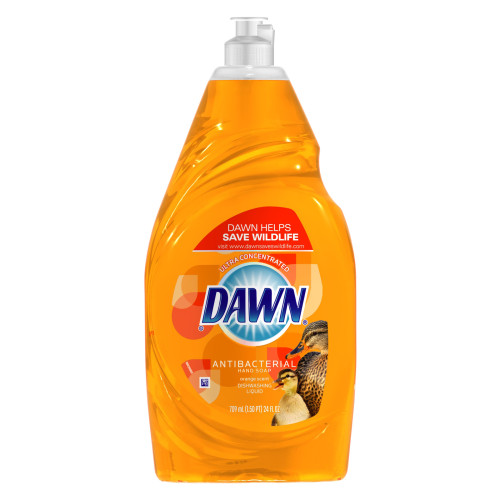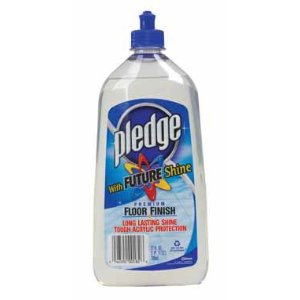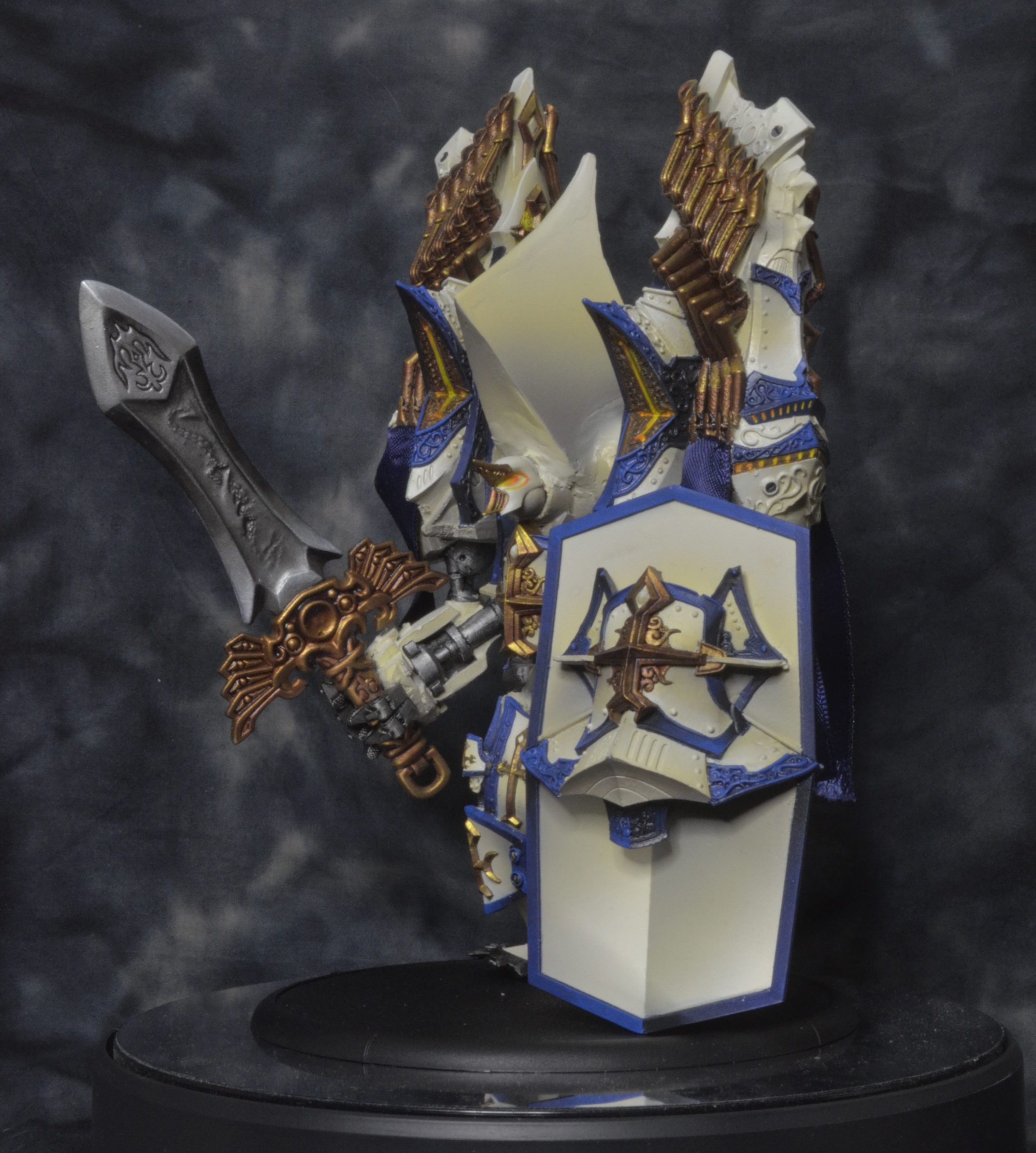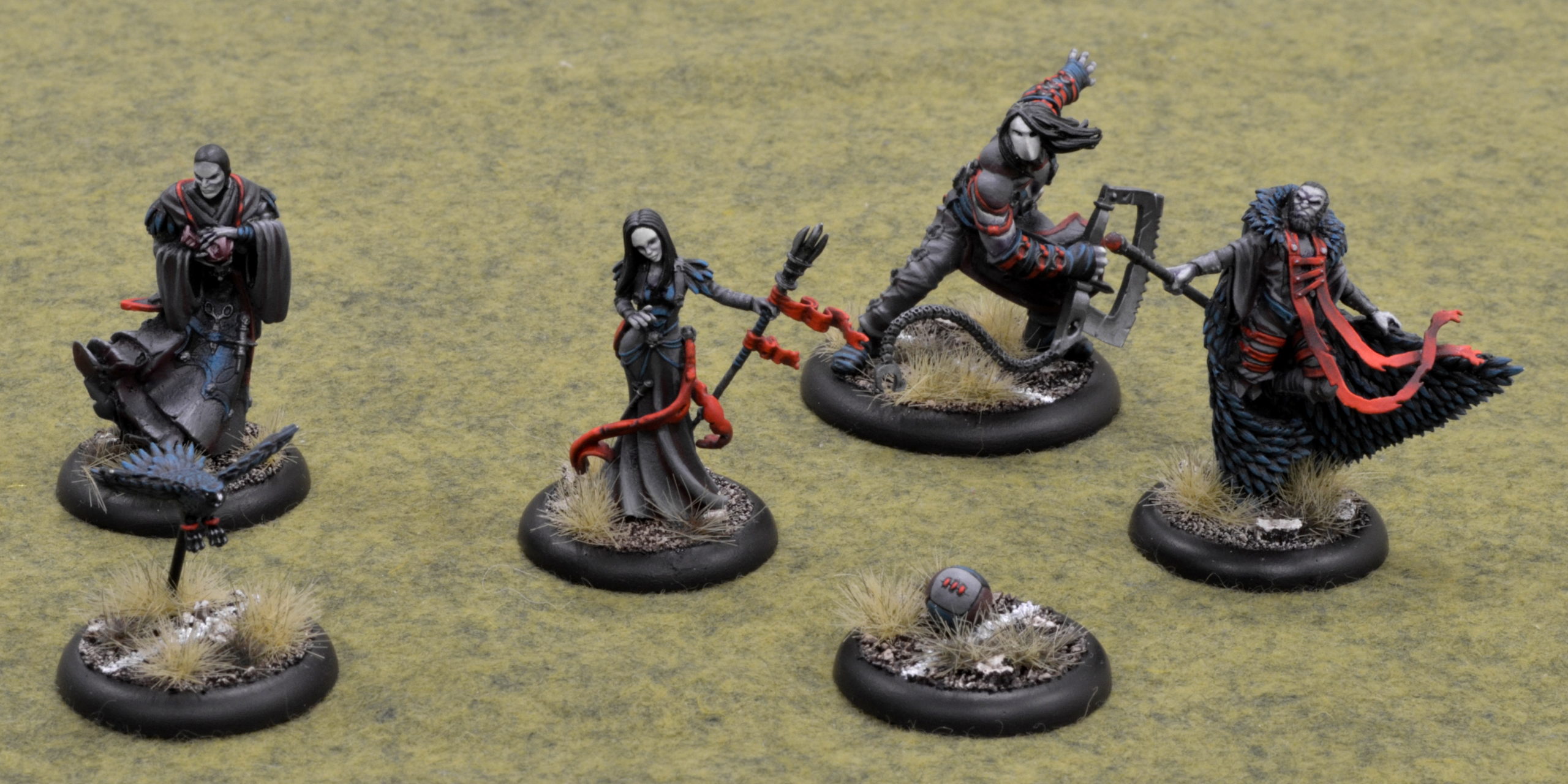Tip: Preventing Paint Chipping
I was asked a week or two ago about preventing paint chipping and figured it might be worth a quick note here, in case others out there are having issues.
The two points below should help greatly reduce the chances of paint chipping or wearing away through use during gaming, shipping or general handling. They work for different reasons, and have different advantages and drawbacks which I’ll discuss. However, it’s worth noting that there’s little any amount of prep or protection can do against models that are dropped onto hard floors or that are handled very roughly.
Proper Pre-paint Preparations
Beyond mold lines and pinning, the step I skipped for the longest time was washing the model with warm water and dish soap. I was either too hurried to paint the new shiny toy, didn’t put any credence into that step, or merely forgot – but I ignored it for a long time. Then, in one of Meg Maples‘ classes when asked about this very topic, mentioned that she doesn’t seal any of her pieces at all because proper prep was sufficient when models are carefully handled.

This is all to say: Don’t skip the wash step. The oils used to help the cast parts release from the mold also act as a barrier to paint. They interfere with it’s ability to stick to the metal or plastic, and that makes it much, much easier for the paint to chip off.
This should be done on all of your models, regardless of whether they are game play pieces or display pieces. No matter what the model’s used for, helping the paint stick to it in the first place is a great idea! Duh.
Sealing
This is the most common angle people take on this issue, but there’s a particular way that works better than others.
The best way to create a protective coat is to use a hard gloss coat. Gloss varnish flows together to make a uniform, solid shell. Flat varnish does it’s best to not flow together, instead attempting to dry in a rough surface (this is how the flat look is achieved). The nature of these two types of finish means that the glossy coat is far more resilient than the flat one.
So, that means that only gloss coats do any work towards protecting your model. However, rarely do you want a super glossy model, right? It’s great for model cars but rather out of place for anything else.

So, the best way to seal a model is with a solid gloss coat, and then a dusting of flat to kill the shine.
I use Future Floor Wax (purchased by Pledge a while back) for my gloss coat. It’s thin enough to put through an airbrush, and being floor wax, it’s designed to be very durable. Plus, it doesn’t smell terrible like spray paints because it’s designed to be used indoors. You could easily brush it on also. For the flat coat to fix the glossiness, I run Liquitex Matte (Flat) varnish through my airbrush. I’ve found that quick short bursts work best, because the varnish relies on not staying wet too long, so a thick coat ends up being satin rather than flat.
Conclusion
So, there’s my two-pronged approach for this problem. First, you want to do your best to help the paint stick to the model on the first place. This will help the paint not chip off to begin with. Secondly, sealing the paint on gaming pieces helps it from getting worn off due to all the handling that comes with being a gaming piece.
Good luck, and let me know if this works for you (or doesn’t)!



B-
What about if you aren’t using an airbursh? Can you paint on the floor wax?
I’m fairly certain you can, yes. There are some specifically designed brush on varnishes as well – I understand Vallejo has one, though I’ve never used it.
I can bring the stuff in and you could try it on a model you don’t care much about and see how it goes?
After lock and load my plan is to ‘retouch’ all of my models and then seal them, by then i should have a semi-regular schedule again so i’ll touch base with you ahead of time and let you know so we can try this.